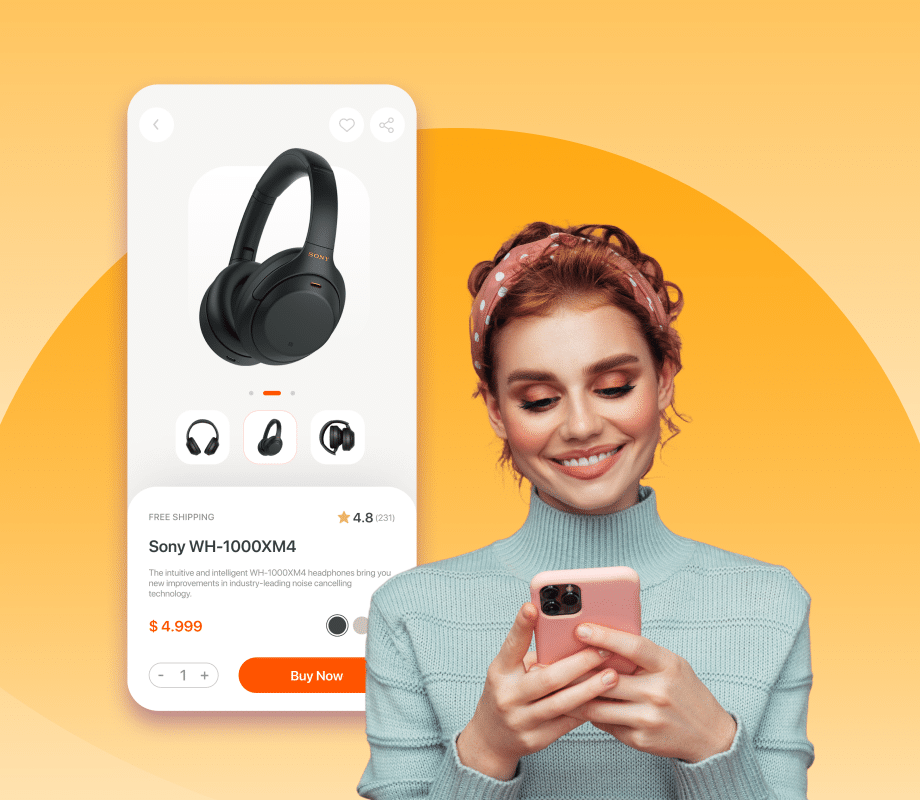Capture explicit preferences effortlessly and drive loyalty
Looking to replicate store-like personalized experiences to online commerce? It’s a must in high involvement purchases, such as beauty and personal care. Here’s an example of how you can capture critical customer preferences to recommend highly relevant products and keep them coming back for more.
We’ll see an interesting approach to engagement. That works well in scenarios where the purchase is extremely personal, such as in the beauty vertical. In this example, we see how you can seamlessly capture customer preferences to personalize the experience. LANCOME is using both implicit and explicit preferences. A customer who has just signed up sees a quick questionnaire, what’s the color of my eyes, my face shape, skin tone, and type and so on. It’s very easy for me to respond, and I can immediately see products suitable for me. And the experience is very similar to interacting with a beauty consultant in store. I see not just the product recommendations, but also highly relevant tips and tricks, such as how to use the foundation content. As I scroll down, there are more recommendations for my normal skin type. And as a first time visitor, I find this fully personalized page extremely valuable and engaging.
Let me show you how this is done behind the scenes, you can see that the explicit data is captured under the user ID. Note that no personally identifiable information is captured here. That means we don’t know the person’s name, email address, payment details, etc. In addition, context, such as location and device type is captured. And behavioral data such as products viewed, searches and categories of interest is leveraged. And all of this comes together to make personalization more and more relevant.
This results in higher engagement and repeat visits as people spend more time on the website exploring multiple categories that would work for them and the right match for their concerns and requirements.
Ready for the Next in Digital-First Strategies?
Learn how to use disruptive, AI-powered technologies to create frictionless,
hyper-personalized experiences that connected consumers expect today.

 in Sweden from 7 - 8 October 2025. Pre-book a meeting to connect with our
product experts.
in Sweden from 7 - 8 October 2025. Pre-book a meeting to connect with our
product experts.
















